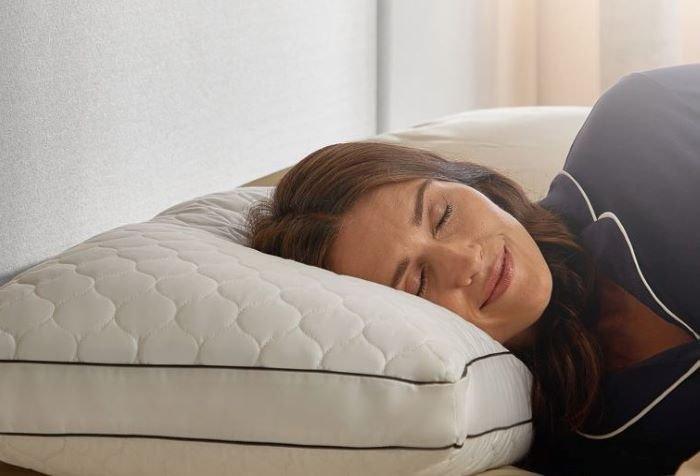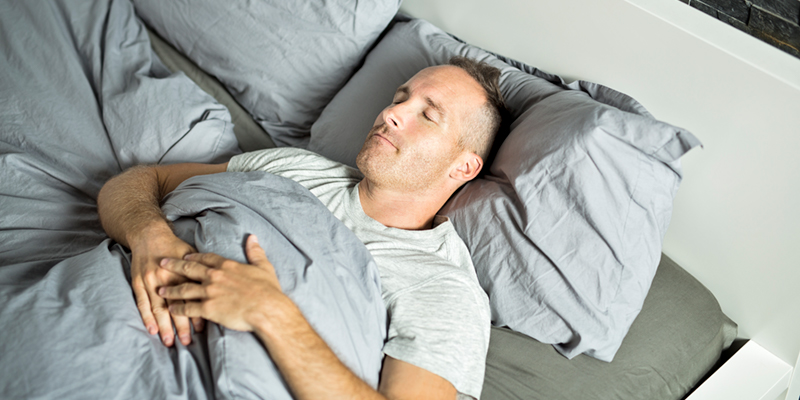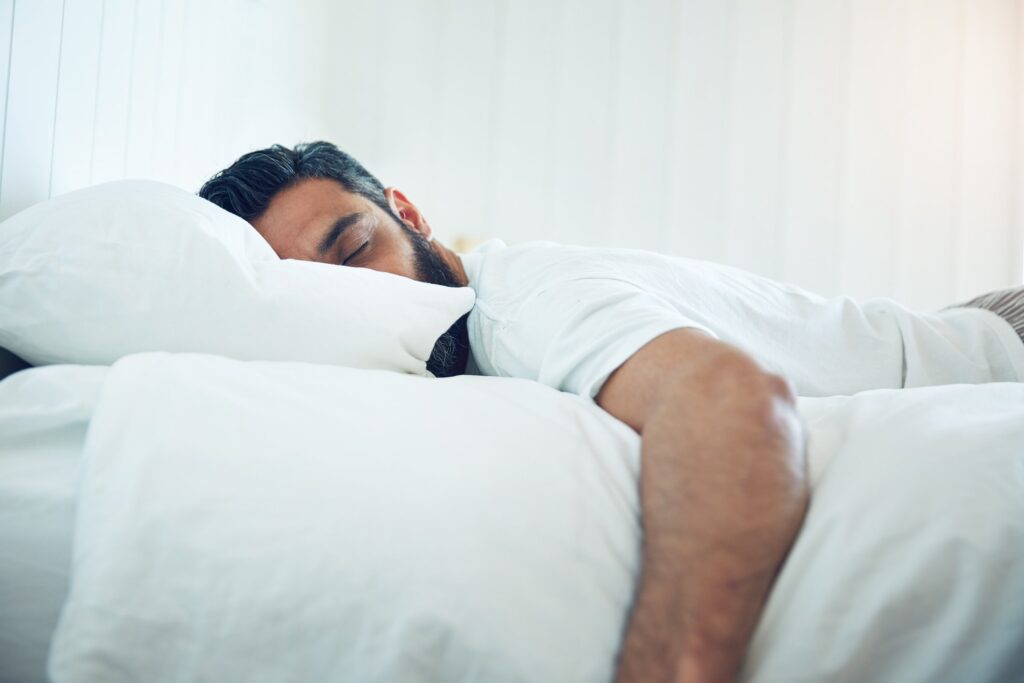No products in the basket.
Mattresses
What type of sleeper is memory foam good for
NASA originally created memory foam, a form of viscoelastic foam, to enhance astronauts’ crash protection and cushioning. As a result of its capacity to adapt to the contour of the body and provide individualised support and comfort, this technology eventually found its way into the mattress sector. In response to body heat, the foam softens, allowing it to conform to the body of the sleeper and relieve pressure areas. This Blog helps you for What type of sleeper is memory foam good for
For side sleepers, first
Due to the distribution of body weight on the hips and shoulders, side sleepers frequently experience pressure points in these locations. Because memory foam mattresses conform to the contours of the body and provide tailored support to specific pressure points, they are a great option for side sleepers. As a result, you may experience less pain and better spinal alignment, which will help you sleep more soundly.

Regarding back sleepers
A mattress that accommodates the spine’s natural curve is necessary for back sleepers. Mattresses made of memory foam, which can conform to the shape of the body, provide the best lumbar support. This minimises the possibility of waking up with back pain by ensuring that the spine stays in a neutral position throughout the night.

Regarding stomach sleepers
A memory foam mattress could cause stomach sleepers to assume an uncomfortable spinal position if they sink too far into it. Even though memory foam is typically more comfortable for side and back sleepers, stomach sleepers can also find comfort in firmer memory foam alternatives. These mattresses offer the right amount of support and comfort without sinking too far.

With regard to combo sleepers
Combination sleepers change their sleeping positions frequently throughout the night. This necessitates a mattress that can swiftly adjust to various body postures. Because memory foam mattresses are responsive, they can easily adapt movement, ensuring that combination sleepers get the support they need regardless of how they sleep.
For Pairs
Additionally a terrific choice for couples with various sleeping preferences, these mattresses. The motion isolation capabilities of these matresses can be a game-changer if you and your partner have different comfort preferences or are easily woken up by each other’s movements at night. As movement is absorbed by the foam, it does not spread throughout the mattress’ surface. Because of this, if one partner tosses and turns or gets out of bed, the other is less likely to notice the disturbance, ensuring that both couples receive a good night’s sleep.
For People Who Have Pain Issues
Finding a mattress that helps reduce pain is essential if you have a chronic pain condition like arthritis or fibromyalgia. The contouring properties of these can ease pressure points and more evenly distribute your body weight, relieving pressure on delicate areas. For people with chronic pain disorders, this can result in reduced pain and a more comfortable night’s sleep.

For People With Allergies
Mattresses made of memory foam might be a godsend for allergy sufferers. These mattresses feature a solid construction that makes them less prone to harbour these irritants than standard mattresses, which have numerous crevices that can trap dust mites and allergies. Many memory foam mattresses also include hypoallergenic coverings.
Regarding hot sleepers
Memory foam can trap heat, which could make for a hot and uncomfortable night’s sleep. This is a common worry. But thanks to technological improvements, cooling memory foam mattresses now exist. These mattresses have open-cell foam constructions or cooling gel infusions that improve ventilation and heat dissipation, regulating your body temperature and preventing overheating.
Conclusion
A variety of advantages that are suitable for various type of sleeper are provided by memory foam mattresses. It is a versatile option for many people looking to get a good night’s sleep because it can conform to the curve of the body and offer focused support for stomach, back, and even certain side sleepers. But it’s vital to remember that everyone has different tastes, and some people could choose a different kind of mattress depending on their own demands and comfort preferences.
Visit BedsLand.co.uk if you’re considering buying a memory foam mattress. You can choose the ideal mattress to help you get the restorative sleep you need among a variety of high-quality mattresses made to accommodate different sleeping habits.
Recall that buying a mattress is an investment in your general wellbeing. Do some research to select the mattress that will provide your body the comfort and support it requires, taking the time to consider your sleep habits and style. The ideal mattress awaits, ensuring a restful night’s sleep!
FAQ’S
Are memory foam mattresses appropriate for hot sleepers?
While older models of memory foam mattresses were known for retaining heat, more recent developments have given rise to cooling memory foam mattresses. These mattresses have innovations including open-cell foam constructions and cooling gel infusions, which improve ventilation and heat dissipation. If you have trouble controlling your body temperature while you sleep, seek for this mattresses that include this feature.
Can mattresses made of memory foam relieve back pain?
These mattresses can indeed be helpful for people who suffer from back pain. Memory foam’s ability to conform helps to uniformly distribute body weight, minimising pressure spots that can aggravate back pain. It also offers optimal spinal alignment, which is crucial.
Can mattresses made of memory foam reduce allergies?
People who suffer from allergies may find comfort in memory foam mattresses. Compared to conventional mattresses with coils and springs, their dense construction is less prone to harbour dust mites and allergens. Additionally, many mattresses have hypoallergenic covers that act as an extra barrier against allergies. routine upkeep, such as

